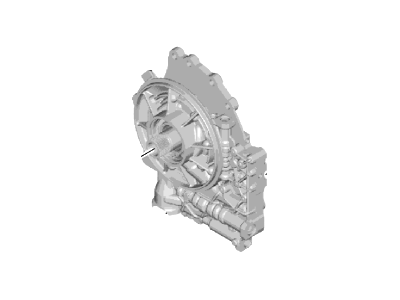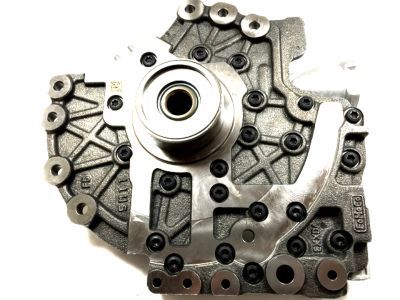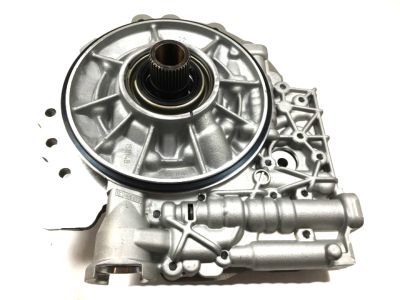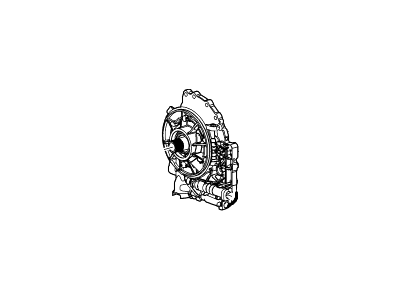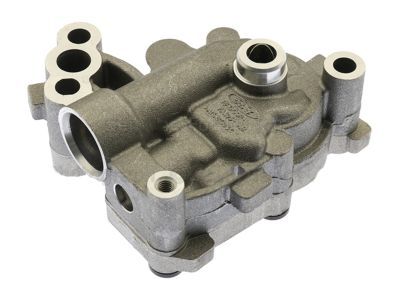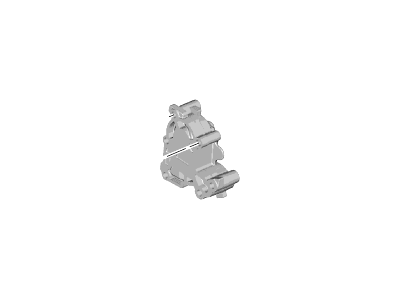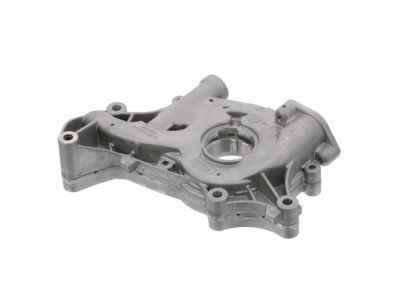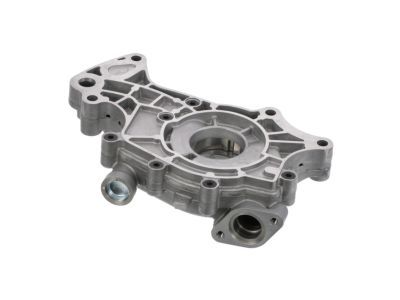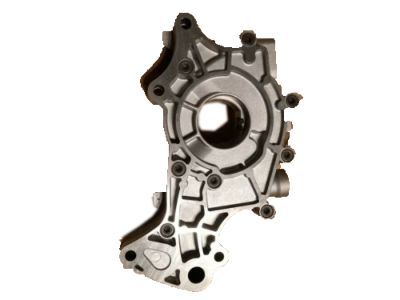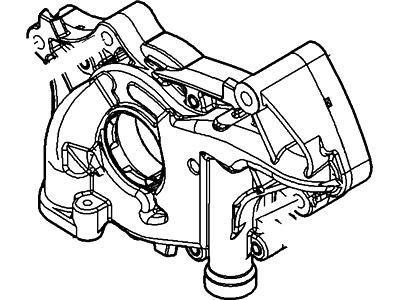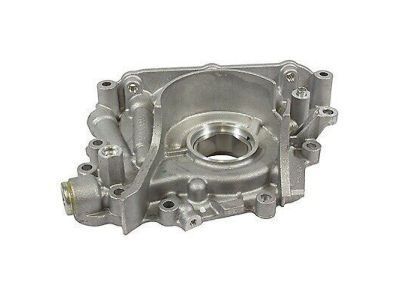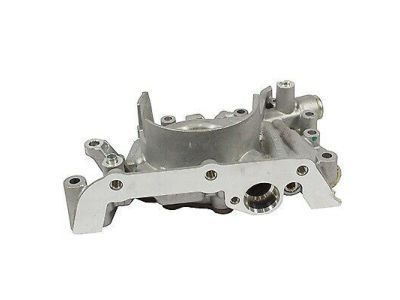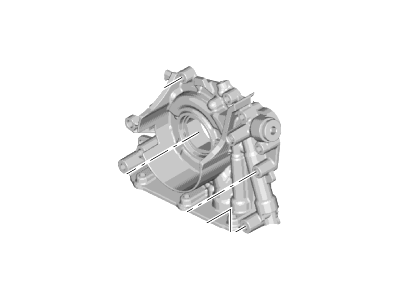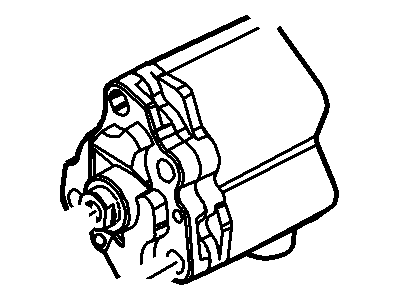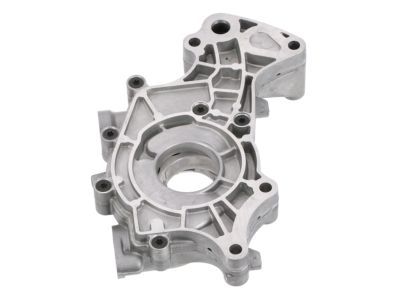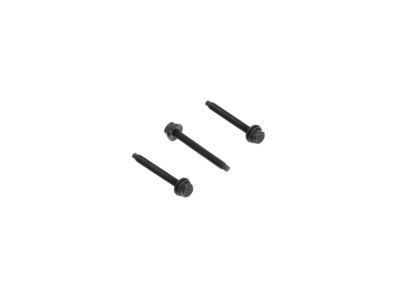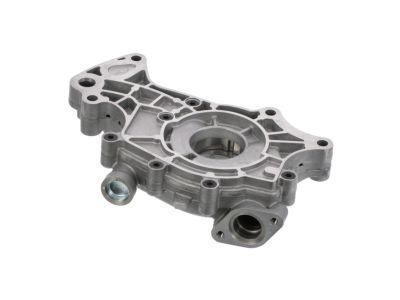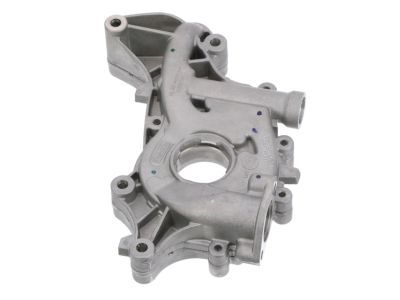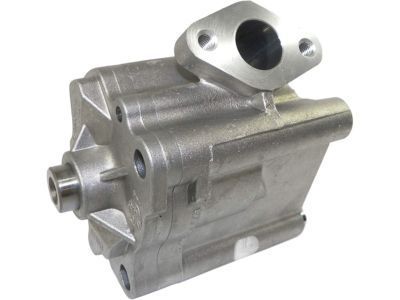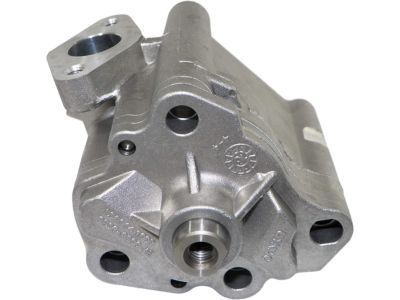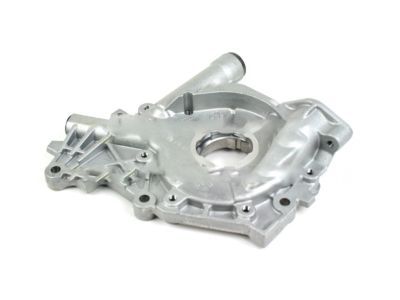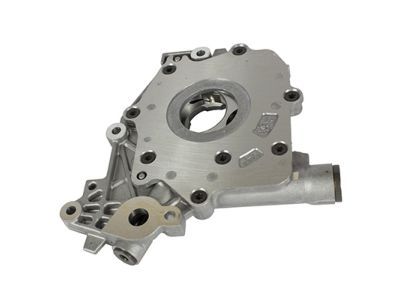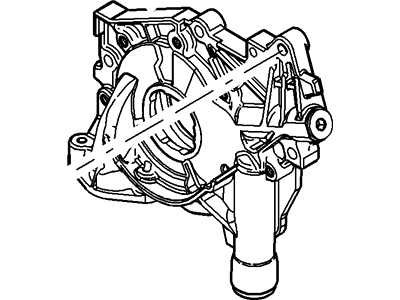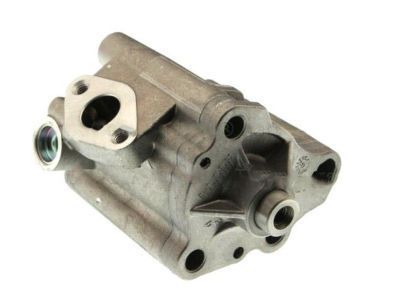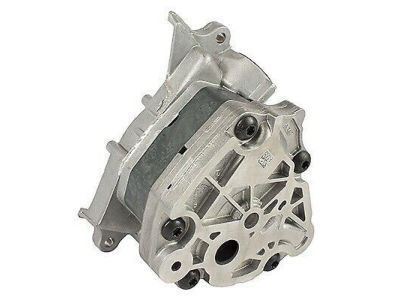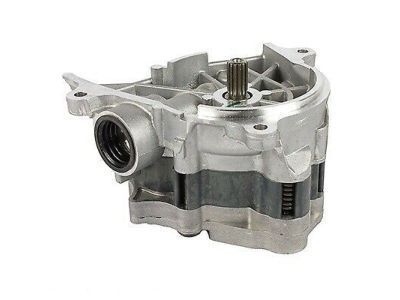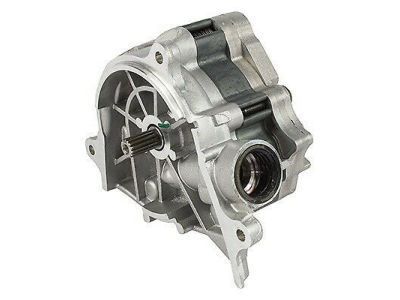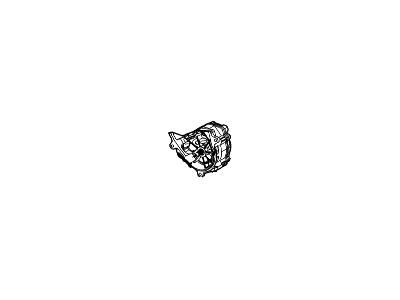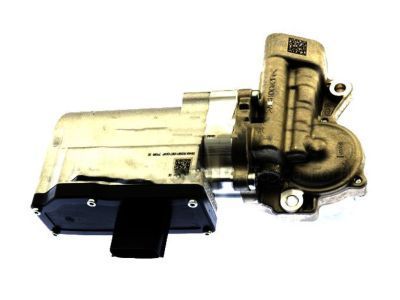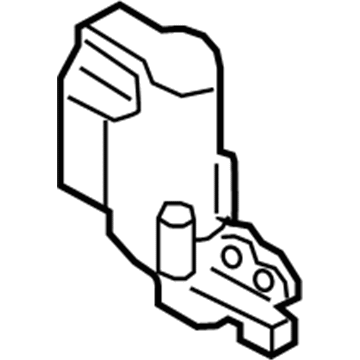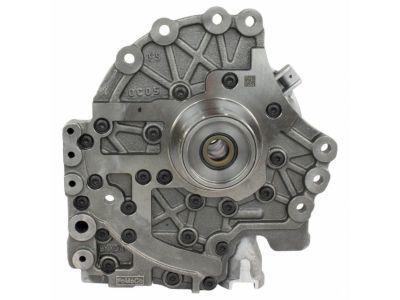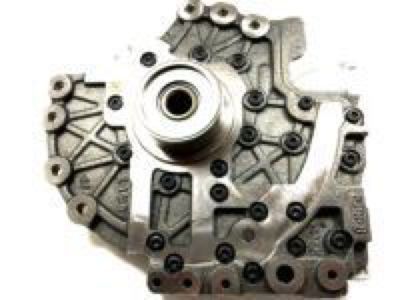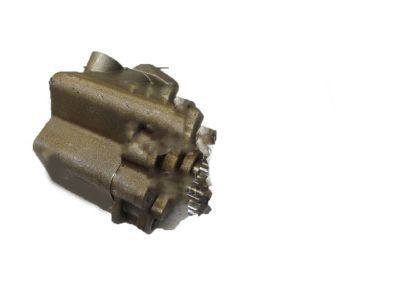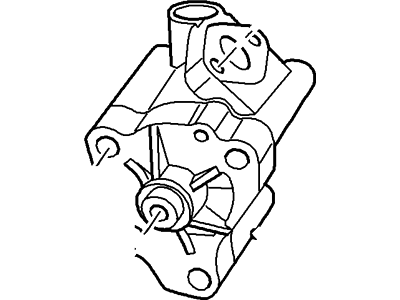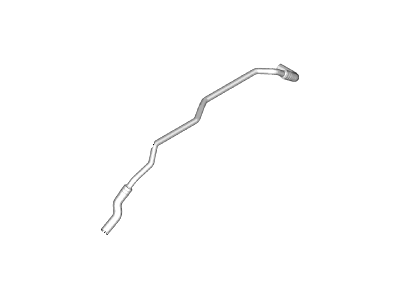

My Garage
My Account
Cart
Genuine Ford Fusion Oil Pump
Oil Fluid Pump- Select Vehicle by Model
- Select Vehicle by VIN
Select Vehicle by Model
orMake
Model
Year
Select Vehicle by VIN
For the most accurate results, select vehicle by your VIN (Vehicle Identification Number).
28 Oil Pumps found
Ford Fusion Pump Assembly - Oil
Part Number: 9L8Z-7A103-G$268.58 MSRP: $335.00You Save: $66.42 (20%)Ford Fusion Pump Assembly - Oil
Part Number: 9L8Z-7A103-D$268.58 MSRP: $335.00You Save: $66.42 (20%)Ford Fusion Pump Assembly - Oil
Part Number: 9L8Z-7A103-H$268.58 MSRP: $335.00You Save: $66.42 (20%)Ford Fusion Pump Assembly - Oil
Part Number: 7T4Z-6600-BA$89.91 MSRP: $143.40You Save: $53.49 (38%)Ships in 1-2 Business DaysFord Fusion Pump Assembly - Oil
Part Number: BM5Z-6600-A$232.44 MSRP: $342.83You Save: $110.39 (33%)Ships in 1-3 Business DaysFord Fusion Pump Assembly - Oil
Part Number: F2GZ-6600-A$124.26 MSRP: $181.67You Save: $57.41 (32%)Ships in 1-2 Business DaysFord Fusion Pump Assembly - Oil
Part Number: 7T4Z-6600-AA$89.91 MSRP: $143.40You Save: $53.49 (38%)Ships in 1-2 Business DaysFord Fusion Pump Assembly - Oil
Part Number: 8E5Z-6600-A$86.21 MSRP: $133.28You Save: $47.07 (36%)Ships in 1-3 Business DaysFord Fusion Pump Assembly - Oil
Part Number: 3W4Z-6600-AA$198.36 MSRP: $290.00You Save: $91.64 (32%)Ships in 1-2 Business DaysFord Fusion Pump Assembly - Oil
Part Number: DG9Z-7P086-J$316.97 MSRP: $467.50You Save: $150.53 (33%)Ford Fusion Pump Assembly - Oil
Part Number: DS7Z-6600-B$99.82 MSRP: $145.93You Save: $46.11 (32%)Ships in 1-3 Business DaysFord Fusion Pump Assembly - Oil
Part Number: DT4Z-7A103-A$113.58 MSRP: $173.98You Save: $60.40 (35%)Ships in 1-3 Business DaysFord Fusion Pump Assembly - Oil
Part Number: DG9Z-7A103-F$316.97 MSRP: $467.50You Save: $150.53 (33%)Ships in 1-3 Business DaysFord Fusion Pump Assembly - Oil
Part Number: 9L8Z-7A103-B$228.18 MSRP: $335.00You Save: $106.82 (32%)Ships in 1 Business DayFord Fusion Pump Assembly - Oil
Part Number: 3M4Z-6600-BA$86.21 MSRP: $133.28You Save: $47.07 (36%)Ships in 1-3 Business DaysFord Fusion Pump Assembly
Part Number: 9E5Z-7A103-C$604.90 MSRP: $840.30You Save: $235.40 (29%)Ships in 1 Business DayFord Fusion Pump Assembly - Oil
Part Number: XW4Z-6600-DA$193.80 MSRP: $283.33You Save: $89.53 (32%)Ford Fusion Pump Assembly - Oil
Part Number: DS7Z-6600-A$99.82 MSRP: $145.93You Save: $46.11 (32%)Ships in 1-3 Business DaysFord Fusion Pump Assembly - Oil
Part Number: DG9Z-7A103-B$316.97 MSRP: $467.50You Save: $150.53 (33%)Ships in 1-3 Business Days
| Page 1 of 2 |Next >
1-20 of 28 Results
Ford Fusion Oil Pump
The Oil Pump in Ford Fusion vehicles helps out in circulation of oil under pressure which is very essential for operating of internal combustion engine of an automobile. This serves to maintain low friction and evacuate heat form important engine parts such as bearings, piston, and the camshaft apart from supplying fluid power to little actuators. In most cases like that of the Ford Fusion, mechanical oil pumps that are driven by the crankshaft or the camshaft are deployed, and are highly reliable. Some of the common dynamic oil pumps used in various Ford Fusion models over the year may include gear, trochoid or vane pumps. The oiling system effectively pumps it from the sump, filters the oil then circulates it round the engine thus maintaining the right oil pressure. These are the key points of frequent maintenance for the Ford Fusion: the presence of debris in the oil detail changes of the oil filter in order to maintain a maximum oil pressure and protect the performance and a life span of the car's engine.
We provide a wide range of Ford Fusion Oil Pump at the best prices possible. If you need Ford Fusion Oil Pump, you can shop with confidence on our website. All our OEM parts come with a manufacturer's warranty and are delivered to your door step with a fast delivery service.
Ford Fusion Oil Pump Parts Questions & Experts Answers
- Q: How is the oil pump serviced as a complete unit without any sub-assembly or internal inspection on Ford Fusion?A:There is no sub-assembly or internal inspections involved in servicing of the oil pump as a whole body. First of all it is necessary to siphon off the engine oil and unscrew the oil filter. For 1.6L and 2.0L models remove the boost pressure sensor that is connected to the turbocharger, disconnect the Charge Air Cooler inlet and outlet hoses and then remove the air conditioning compressor. For 1.5L and 1.6L engines the Timing Belt and crankshaft sprocket should be removed while for 2.0L, 2.3L and 2.5L a timing chain cover should be removed. In all models, drain the engine oil and also pull off the Oil Pan, and the oil pick-up tube which is secured by two mounting bolts. For 1.5L and 1.6L engines, it actually removes oil pump mounting bolts and separates it from the front of the engine block; oil pump gasket has to be replaced with a new one. In the course of performing the above for 2.0L, 2.3L and 2.5L engines, you will have to use a screwdriver to pry off the end of the spring in the oil pump drive chain tensioner from under the shouldered bolt after pulling out the two bolts to remove the tensioner before finally using a screwdriver to detach the chain from the oil pump sprocket. To do this remove the sprocket bolt using a suitable tool, after this remove the oil pump drive sprocket. Following the removal of the oil pump mounting bolt, you should encourage the pump. The process of installation is exactly the opposite to that of removal, and while reassembling the engine the mechanic has to make sure that all the gaskets are replaced with new ones, lightening the oil pump mounting bolts in a correct sequence for 1.5 and 1.6 versions, and tightening the oil pump mounting bolts for 2.0 and 2.3 and 2.5 versions. After fitting the new oil pan, replace the oil filter, and add fresh oil into the crankcase, inspect the vehicle's cluster for any oil warning lights if fitted after starting and warming up the vehicle.


